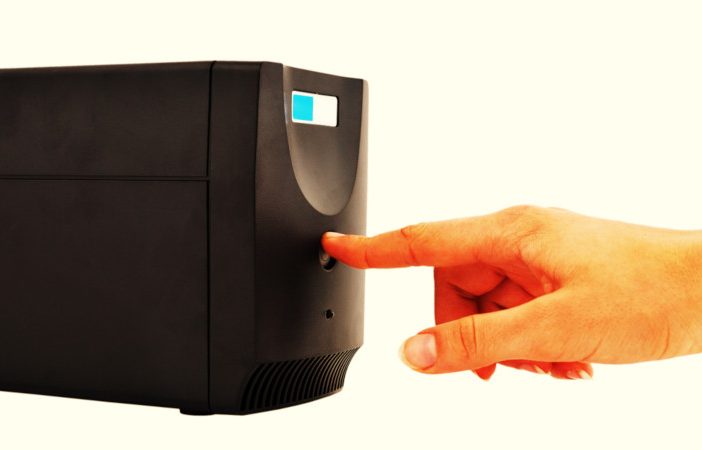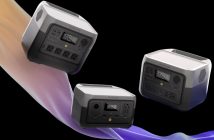Being without power during loadshedding can be frustrating and inconvenient. But, power outages can also cause serious problems for the electronics in your home and office. Desktop computers are particularly vulnerable to planned and unplanned power outages. If the power suddenly goes off while you are working, you can lose valuable data, or worse your computer could suffer severe damage. Of course, the power being out also means you’re losing valuable working time on your computer.
We all know that loadshedding isn’t going anywhere any time soon, so you’re probably considering investing in an inverter to keep valuable electronics and your WiFi on during loadshedding. Inverters are a great help on rainy days or when Eskom chooses to turn the lights off. But, how do you go about choosing the right inverter for your needs? We’ve put together a handy buyer’s guide with everything you need to know before buying an inverter in South Africa.
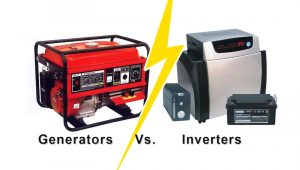
An inverter vs generator
So you want to keep working during loadshedding? While your first thought might be to invest in a generator, an inverter may be a better choice for your needs. Inverters convert current from DC to AC, making it possible to use electronics or small appliances during a power outage. An inverter is ideal for electronics and will deal with keeping your PC on as well as charging smartphones and running your TV, router, and some lights quite easily. One of the main benefits of an inverter is that it’s a silent, more discreet device to a noisy generator. You can also use an inverter inside without worrying about fumes.
But, keep in mind; an inverter won’t cope very well with appliances like fridges or heaters. Anything that needs to heat or cool is going to be quite taxing for an inverter to manage, and in that case, the job is best left to a traditional generator.
Find the best prices on inverters online with PriceCheck now:
What size inverter do you need?
When choosing an inverter, it’s key to consider the maximum power load it will need to deal with. Inverters can have anywhere from as little as 100W capacity to 4000W — so add all the wattage of all the devices (PC, phone charger, television, WiFi router, etc) you’ll want to run at the same time, and you’ll get an idea of what capacity you’ll need to look for in an inverter.
The wattage information is usually printed somewhere on electronic devices, although it may show voltage and amperage ratings instead. If you are able to find the specific wattages for your devices, you’ll want to add them together to get a bare minimum figure. This number will be the smallest inverter that could possibly suit your needs. To cover your bases, it’s a good idea to add between 10 and 20 percent safety margin on top of your basic needs calculation and then buy an inverter that size or larger. It’s important to give yourself a safety margin or margin of error, as it’s not a good idea to run your inverter right up against maximum capacity all the time.
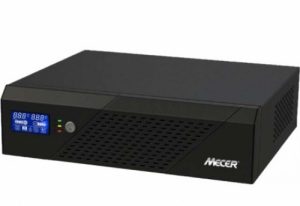
PriceCheck tip: If your alarm system or other 9 or 12v electronics are failing during loadshedding, you can always find a replacement battery.
Continuous vs. Peak Car Power Inverter Outputs
Another important factor to keep in mind when determining the necessary size of a power inverter is the difference between continuous and peak power output.
Peak output is the wattage that an inverter can supply for short periods of time when the demand spikes, while continuous output is the limit for normal operation. If your devices draw a combined total of 600 watts, then you need to buy an inverter that has a continuous output rating of 600 watts. An inverter that is rated 600 peak and 300 continuous won’t suit your needs.
Consider the number of outlets you need
It is also important to consider the number of outlets you will need on your inverter. Once you have figured out how many appliances you will need to run at once during loadshedding you will also know how many power outlets you will require. Also, make sure that the inverter you choose also has USB ports and fast-charging capabilities, this will make charging devices like smartphones easier and free up power outlets for appliances with plugs.
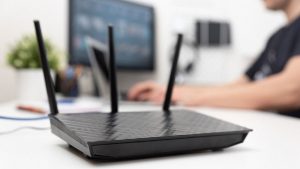
Display:
You may also want to take the display into consideration. Some inverters have a big display and show a lot of information like input voltage, output voltage, battery level, warning, and more. With lower budget inverters, the display size and features get decreased. Consider if this information is important to you before choosing an inverter for your home or office.
Battery technology:
Another important factor to consider when buying an inverter to use during loadshedding outages is the battery technology. The most important factor to consider when investing in any inverter solution is the battery. It is important to consider the battery lifespan of the inveter you are buying compared to its price. The useable lifespan of the battery is dependent on a number of factors, but the most important to consider is the number of times the battery can be cycled (i.e. the number of times it is charged and discharged).
While many inverter solutions typically use lead-acid type batteries, these options may not be the best for your needs during the current loadshedding crisis. Newer technology now also makes use of lithium batteries in inverters, as these have a longer lifespan when dealing with multiple outages per day.
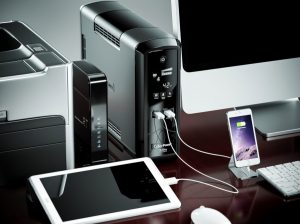
Lead-acid type batteries are fine, provided that after a discharge, they have sufficient time to recharge fully between outages for the battery, an essential part of ensuring getting the maximum cycles out of a lead-acid battery (typically two to three years). However, this lifespan can be greatly reduced in situations where households experience two or three outages a day, each to 2.5 hours in duration. The increased frequency and length of load shedding can stop these batteries from recharging fully, which could result in them lasting only a few months compared to years.
Inverters with a lithium battery offers a solution to this problem as they are able to cope with the increase in daily outages. Depending on the specifications, lithium batteries can last reliably from two to 10 years. While the initial investment in lithium batteries can be higher, the lifespan makes them a much lower cost in the long term.
Safety:
Finally, check out the safety features of the inverter you’re planning on buying. Check the specs and see if there are enough fuses on both the output and input. With fuses at every point, you will be assured that your battery, the appliances, and the inverter itself will be protected from surges or short-circuit problems.
Find the best prices on inverters online with PriceCheck now:

